Internal communication creates a culture of open communication where employees feel comfortable expressing their ideas and concerns. Without this, employees may feel disengaged or undervalued, leading to low productivity.
But what exactly is internal communication, and how can it transform your organization?
This guide covers everything you need to know about internal communication, implementing effective practices, and utilizing communication tools.
To enhance internal employee communication, it’s crucial to identify areas that need improvement and refine your strategy accordingly. Let’s get started on improving your communication channels.
What is internal communication?
Internal communication is the exchange of information, ideas, and feedback among members of an organization, including employees, managers, and executives. It includes all forms of communication within the organization such as emails, meetings, memos, intranet platforms, and informal conversations.
Internal communication is the backbone that keeps any organization flowing smoothly, as it helps exchange information and messages in an organization. It’s a vital practice that helps bring teams together and ensures that everyone is on the same page, working towards a common goal.
Many different types of internal communication can be found in the workplace, each with its unique benefits, such as management-to-employee communication, peer-to-peer communication, change communication, campaign communication, and more.
For instance, face-to-face meetings allow for real-time discussion and feedback, while emails provide a more formal and documented form of communication. Online meetings and instant messaging are great for remote teams, facilitating real-time collaboration and reducing communication barriers.
Why internal communication is important?
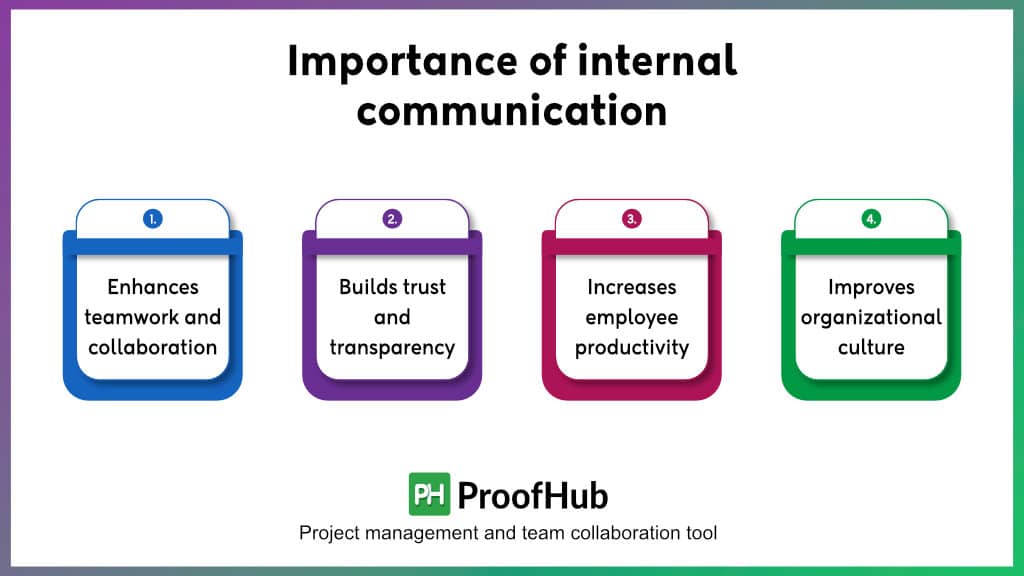
A survey by Dynamic Signal found that nearly 80% of employees feel stressed because of ineffective communication, while 78% believe that improving Employee Communication and Engagement should be a higher priority for their current company.
Effective internal communication is critical for building unity and collaboration among team members. Keeping everyone informed and up-to-date, helps to create a clear sense of purpose, aligning individuals with the company’s overall objectives. Let’s take a quick overview of its major benefits:
1. Enhances teamwork and collaboration
Does your team know each other’s strengths and weaknesses, and do they feel comfortable working together?
Ask this question to yourself. If they are not aware of each other’s roles, working styles, and more, then there must be an internal communication gap.
According to me, it is very important to keep everyone in the team informed and hold regular discussions about the assigned task to make them more comfortable with each other.
2. Builds trust and transparency
I have seen many incidents at my workplace as well, where not being transparent can cause project delays, misunderstandings, and sometimes even conflicts.
Internal communications foster workplace transparency and this transparency ensures trust. Employees are more likely to trust a business and work toward its success if they believe its leaders are open, honest, and engaged with them.
3. Increases employee productivity
Internal communications serve to facilitate this by creating an open environment in which employees may discuss and propose their ideas. Employees are more likely to feel connected to the organization when they believe their thoughts are valued. This can assist in promoting employee engagement and productivity.
4. Improves organizational culture
Organizational culture plays a crucial role in shaping the behavior, attitudes, and values of employees. It also helps in the onboarding of new employees to this culture.
Internal communication is essential for fostering a positive culture, as it enables employees to collaborate, share knowledge, and stay informed about company news and updates.
Organizations can create a culture that supports employee engagement, productivity, and overall success by prioritizing internal communication.
So, we can’t neglect to foster internal communication in the offices. It’s part of the organization’s culture. But do you know, that communicating internally is not easy as well? Many hurdles stand in the way.
What are the challenges of internal communication?
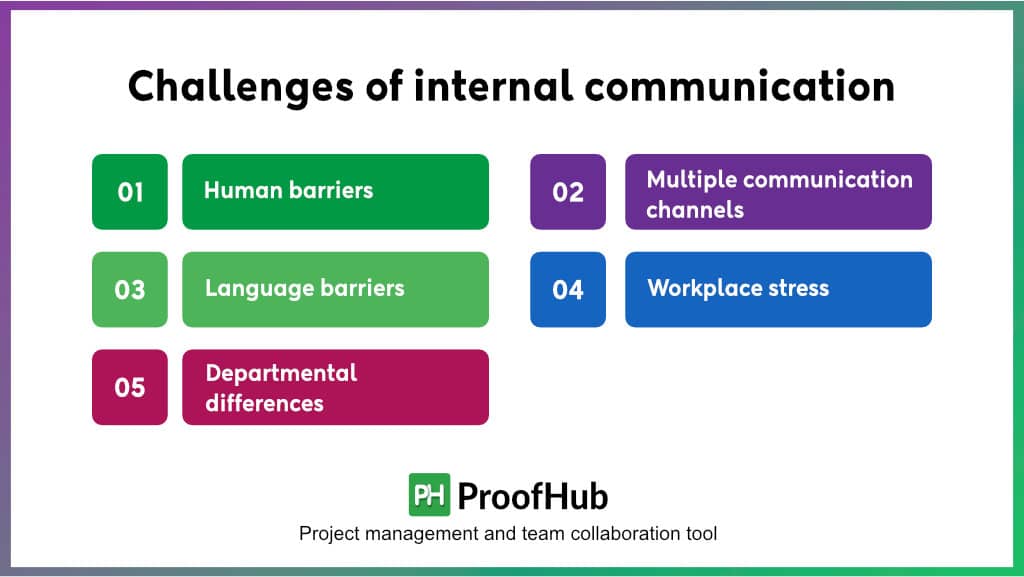
Do you know? Organizations bear $26,041 cumulative cost per worker annually due to productivity losses resulting from communications barriers.
When it comes to internal communication hurdles in the workplace, these are more visible than ever before.
Multigenerational workplaces, the increase of remote work, a dispersed workforce, and varying employee expectations are just a few of the communication hurdles that have evolved in recent years.
I am talking about the top five barriers to successful communication and employee engagement that I have personally experienced and observed.
1. Human barriers
Internal communication is crucial for the success of any organization, but human barriers can often impair its effectiveness.
Poor active listening skills can lead to misunderstandings and miscommunications, while differences in communication styles can create further challenges in conveying information effectively.
Personal biases and assumptions can also impede communication, as individuals may interpret information differently based on their own beliefs and experiences.
Along with this, a lack of trust within an organization can hinder effective internal communication, as employees may not feel comfortable expressing their opinions or concerns.
Organizations need to address these human barriers, improve their communication skills to improve their internal communication, and ultimately drive success.
2. Multiple communication channels
Many communication channels, such as document sharing tools, slack, email, intranet, Microsoft Teams, messaging, and others, can lead to information overload, misunderstanding, and inconsistent messages, resulting in lower employee engagement and productivity.
As the communication ecosystem has gotten increasingly complex, employees demand that their organizations work in the cloud and be well integrated.
We need to figure out how to combine them all into a single internal communication platform.
3. Language barriers
When individuals have different native languages or varying levels of proficiency in a common language, it can lead to misunderstandings, miscommunications, and decreased productivity.
For example, if a team member from Japan speaks limited English, they may have difficulty understanding instructions or conveying their ideas effectively to colleagues who primarily speak English.
One of the surveys done by Forbes underscores that organizations with a high degree of multilingualism—not to mention, an understanding of and respect for other cultures—will commit fewer mistakes and increase efficiency, productivity, and quality.
This highlights the importance of providing language training, using tools with in-build multiple language features, using visual aids and gestures, and encouraging team members to be patient and understanding, all of which can help mitigate the negative impact of language barriers on internal communication.
4. Workplace stress

When employees are stressed, they may be less able to communicate effectively. This leads to misunderstandings and decreased collaboration.
For example, if an employee is feeling overwhelmed by their workload, they may be less likely to respond promptly to emails or messages from colleagues, resulting in delays or miscommunications.
As the famous quote by Hans Selye goes, “Stress is not what happens to us. It’s our response to what happens, and response is something we can choose.”
This quote highlights the importance of recognizing workplace stress & encouraging open communication channels to ensure effective internal communication.
5. Departmental differences
When different departments operate with their priorities and goals, it can create silos and hinder effective collaboration.
For example, suppose the marketing team is focused on increasing brand visibility, while the sales team is focused on meeting revenue targets. In that case, there may be a misalignment in their communication and actions.
As the famous quote by Peter Drucker goes, “The most important thing in communication is hearing what isn’t said.” Likewise, the importance of actively listening and understanding the underlying messages in communication, especially in the presence of departmental differences.
By fostering a culture of open communication and encouraging cross-departmental collaboration, organizations can break down silos and improve internal communication.
This might be the only solution. We need to build a full-fledged strategy to strengthen internal communication. Let’s take a look in detail at the effective strategies, practices, and tools that can help to mitigate these barriers.
Read More: Cross-functional team collaboration. Let’s look through it
What are the strategies for internal communication?
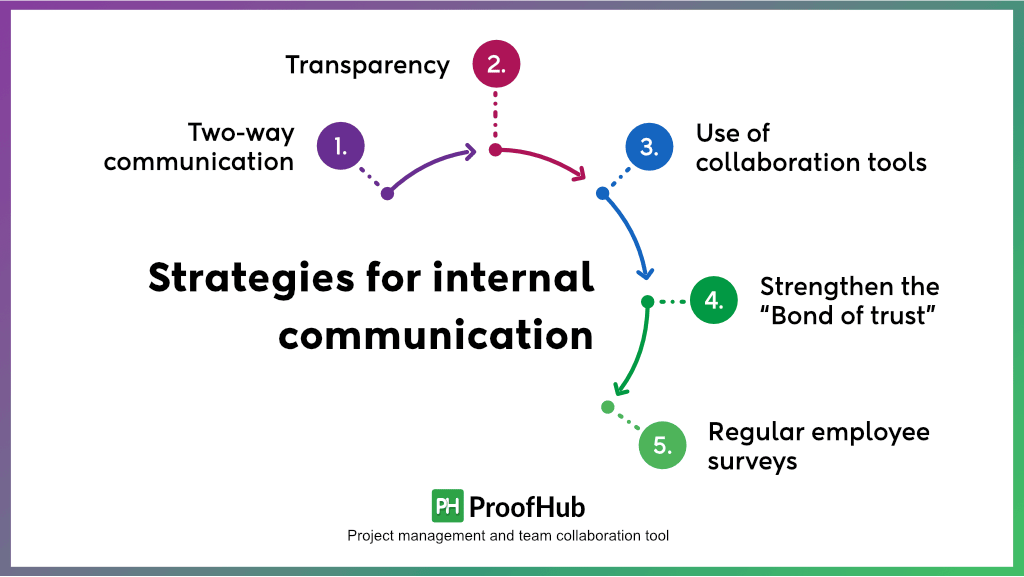
An internal communications strategy is a plan that outlines how communication can be shared and disseminated within the organization.
It is important because it helps ensure that everyone within the organization is on the same page and working towards the same goals.
There are numerous approaches, but here are the five most effective strategies that I am sharing with you that helped me improve employee communication:
1. Two-way communication
Two-way communication involves listening to employee feedback and responding to their concerns. This allows employees to feel heard and valued, which can increase job satisfaction and productivity.
You can improve two-way communication through various methods:
- Use internal channels like forums or chat to encourage discussions among employees. You can use an online collaboration platform to keep everyone in a loop & maintain communication.
- Hold regular one-on-one meetings, & encourage open-door policies where employees can approach managers with their concerns or ideas.
2. Transparency
Transparency in communication involves being honest and open about the information being shared.
It’s important to share all relevant information with employees, even bad news, so they can make informed decisions. When employees feel like they’re being kept in the loop, it builds trust and helps to create a positive work environment.
Try to follow the points below to build effective transparency:
- Open-Door Policy: Encourage managers to adopt an open-door policy, where employees feel comfortable approaching them with questions, concerns, or feedback at any time.
- Regular Team Meetings: Regular team meetings can be used to share information, discuss progress, and brainstorm ideas. These meetings can help to ensure that everyone is on the same page and working towards the same goals.
- Performance Metrics: Implement performance metrics that are communicated to all employees. This can include specific goals, timelines, and benchmarks for success.
3. Use of collaboration tools
Collaboration tools such as project management software, messaging apps, and video conferencing platforms can help team members communicate and work together more efficiently.
For instance, a remote team can use video conferencing tools to conduct virtual meetings, share screens, and discuss ongoing projects. Similarly, project management and team collaboration tools like ProofHub help to better coordinate with team members.
4. Strengthen the “Bond of trust”
To strengthen the “bond of trust” within an organization, it is important to recognize that employees typically have greater faith in their immediate supervisors than in other individuals.
This relationship can be used to foster open communication, particularly in times of uncertainty or situations that can create misunderstandings.
Make sure to:
- Be honest when it comes to unfavorable information; concentrate on communications that eliminate confusion.
- Convey the truth, and concentrate on communications that provide ‘facts’.
- Keep your promises, never overpromise & avoid making commitments that you cannot keep.
5. Regular employee surveys
By regularly soliciting feedback from employees on various aspects of the company’s operations, management can gain valuable insights and constructive feedback into areas where communication can be improved.
There are many types of employee surveys, like the employee engagement survey, the employee satisfaction survey, and more, that you can run. The survey might include questions such as:
- Do you feel well-informed about company news and updates?
- How often do you receive feedback on your work?
- Do you feel that your opinions and ideas are valued by management?
These are some of the useful strategies to bring internal communication into action. However, to maintain this communication flow, you also need to follow some practices in your daily work. Let’s take a look at what these practices are:
Best practices for improving internal communication
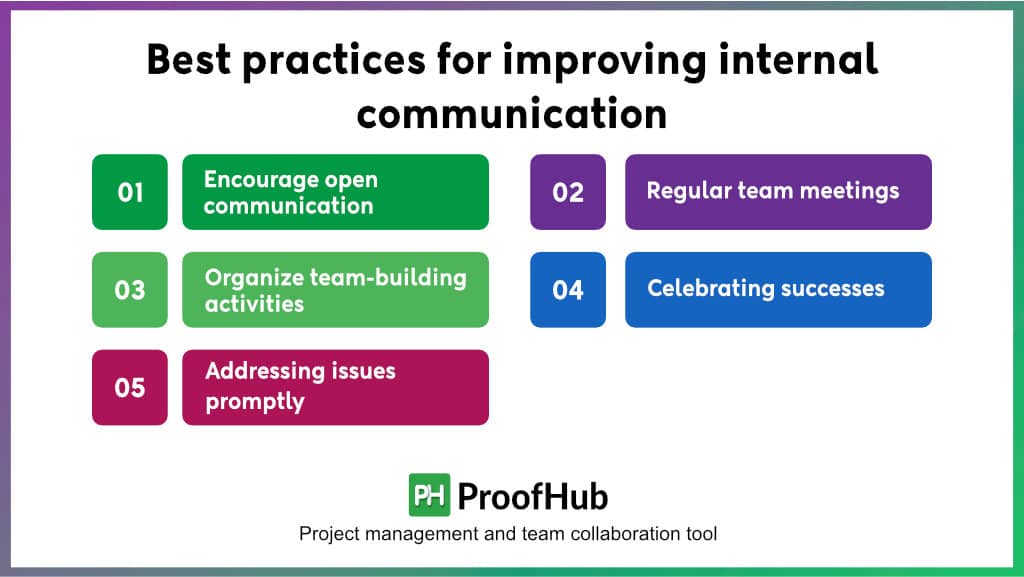
Effective practices within an organization can establish a culture of transparency, trust, and collaboration.
Such a culture can lead to improved employee engagement, increased productivity, and a better overall workplace environment.
While we get familiar with various strategies for achieving these outcomes, identifying the specific practices that make them work is still necessary. Therefore, let us explore internal communication best practices:
1. Encourage open communication
Encouraging open communication within the team helps foster a positive work culture and enhances team productivity.
For example, a manager can have an open-door policy, allowing team members to approach them with their concerns and ideas. Otherwise, there should be a one-on-one instant chat for resolving issues and sharing the reports.
2. Regular team meetings
Regular team meetings are essential for keeping everyone up-to-date with the latest developments, sharing ideas and feedback, and addressing any concerns.
For instance, a marketing team could hold weekly meetings to review campaign progress, discuss new strategies, and provide updates on current projects.
Otherwise, they can collaborate online through a shared platform for sharing all information in one place, where everyone can visualize every single task at any time.
3. Organize team-building activities
This is the best thing an organization can do to retain job satisfaction, improve employee engagement, and communicate internally.
Team-building activities outside of work can help improve team cohesion and coordination. A team could, for example, participate in a charity event, go for a team lunch, or take part in a team-building exercise.
So, don’t keep your employees busy at work. Such activities make a difference. Train and teach your employees through these activities.
4. Celebrating successes
Celebrating successes is an essential practice that can help boost team morale and foster a positive work culture.
Recognizing team members’ achievements and contributions can increase motivation and improve job satisfaction. For example, a manager could organize a team outing to celebrate the successful completion of a project or recognize individual team members during a team meeting.
5. Addressing issues promptly
By addressing problems quickly, team members can work together to find solutions and prevent the problem from escalating.
For example, if a team member is struggling to meet a deadline, their manager could address the issue promptly and offer support and resources to help them meet the deadline. This practice can help improve team productivity and prevent potential conflicts.
These are some of the fun but effective practices through which we can help maintain internal communication. In my previous tips, I have also mentioned using technology and tools to communicate internally. What are these tools, and how can we use them to foster effective communication, Let’s explore:
Which tool can be useful for internal communication?
With tons of tools available, it can be challenging to identify the most effective tools for building internal communication within an organization.
However, selecting the right tools is critical for success in this area. Therefore, it is essential to understand which tools are most suitable for this purpose.
Without any delay, let us focus on exploring and discussing the tools that can have a significant impact on internal communication.
Project management software – ProofHub
Project management tools can enhance internal communication by providing a centralized platform for team members to collaborate and stay connected.
These tools offer a range of features, such as task assignments, project timelines, team calendars, and document sharing, that streamline communication and facilitate teamwork.

ProofHub is an excellent project management tool that can help foster internal communication. With ProofHub, team members can collaborate on tasks, projects, and ideas in real-time, helping to ensure that everyone is on the same page. Here are some ways ProofHub can enhance internal communication:
Customizable workflows: ProofHub allows teams to create customizable workflows that align with their specific needs. This feature ensures that everyone knows the process and steps required to complete tasks. With customized workflows, teams can easily track progress, identify potential roadblocks, and follow instructions. This helps to prevent miscommunications and ensures that everyone is on the same page.
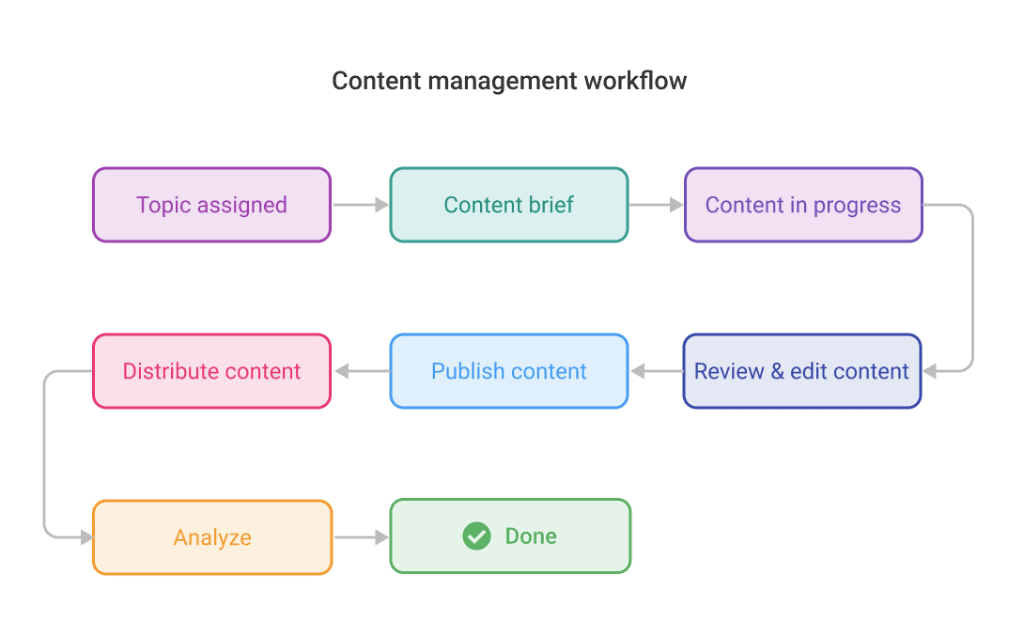
Calendars: ProofHub’s team calendar feature enables team members to see upcoming deadlines, meetings, and events. This feature ensures that everyone is aware of important dates and can plan their work accordingly. This way by sharing schedules, facilitating planning, and helping team members stay organized, calendars also foster effective communication.

Task assignment and management: ProofHub allows multiple team members to assign tasks to specific team members, set deadlines, and track progress. This feature ensures that everyone knows what tasks they are responsible for and when they need to be completed. This lowers confusion, improves accountability, and hence better internal communication.
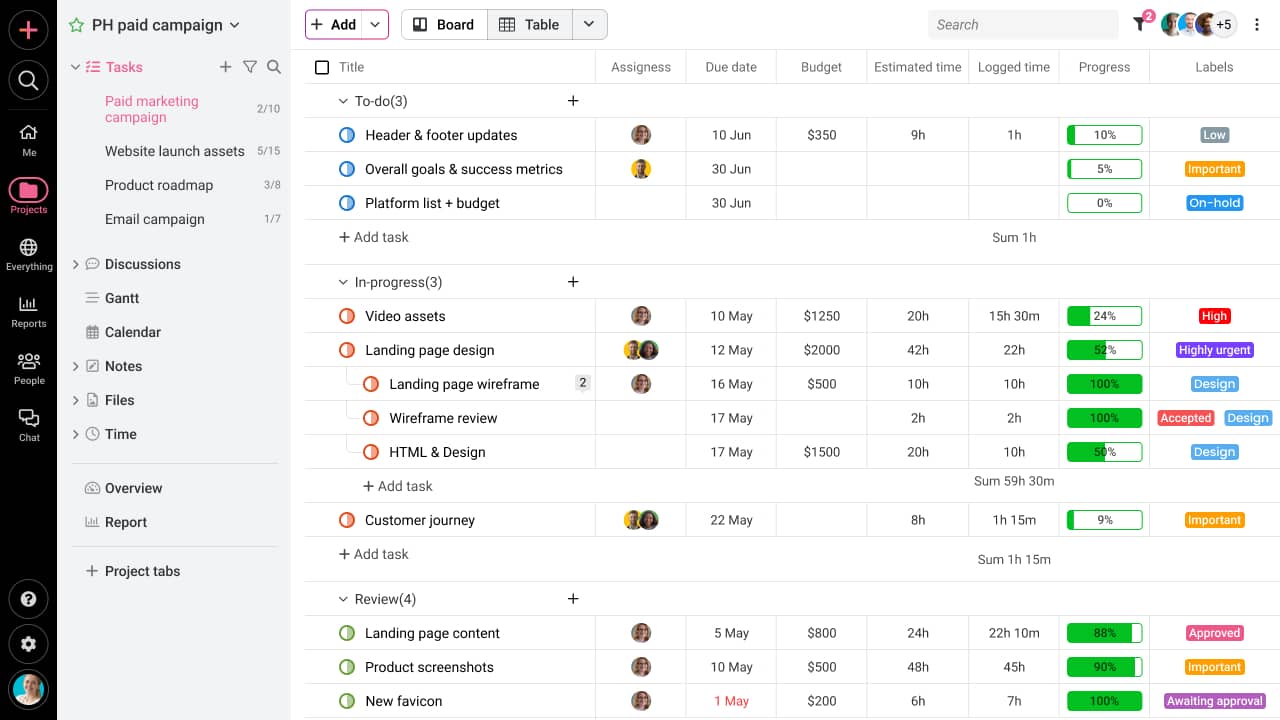
Multiple views: ProofHub’s views, including Gantt charts and boards, give a centralized platform for team members to view the tasks and projects. Boards help you stick with workflow, and keep track of how many tasks you are accountable for and when you need to complete them, while Gantt charts help you stay informed about your dependencies. All help to maintain transparency between employees & they can better connect for their dependent roles.
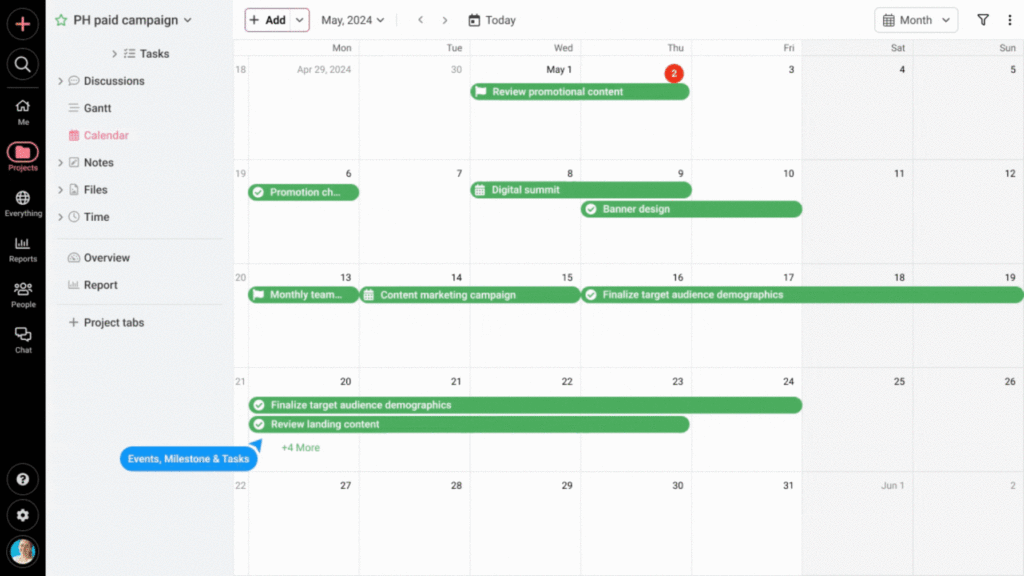
Discussions & Chats: These features allow team members to communicate and collaborate in real-time, regardless of their physical location. The discussions provide a space for team discussions on a project, topic, or team. Team members can leave comments, tag others, and attach files to keep the conversation focused and productive. On the other hand, the chat feature allows team members to communicate one-on-one while working.
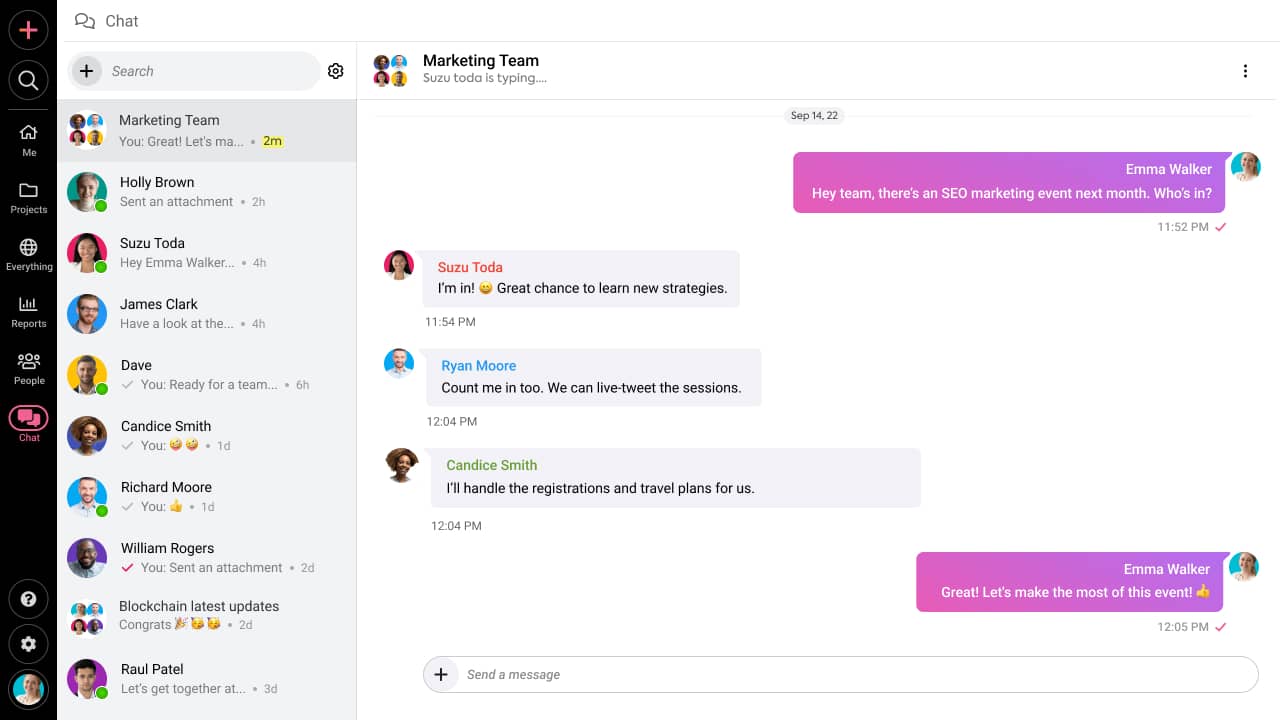
Announcements: The announcement section provides a centralized platform for team members to access important updates, fostering open communication and dialogue among team members. This feature allows team members to ask questions, provide input, and share ideas. This ultimately improves collaboration and teamwork.

Time tracking: ProofHub offers time tracking features that can help teams stay on top of their schedules and deadlines. Team members can log their time spent on specific tasks, which can help identify areas for improvement and increase overall productivity. By providing transparency on how time is spent, it helps to identify areas for improvement, optimize resource allocation, and enable better project planning and management. This ultimately leads to better collaboration & team communication.
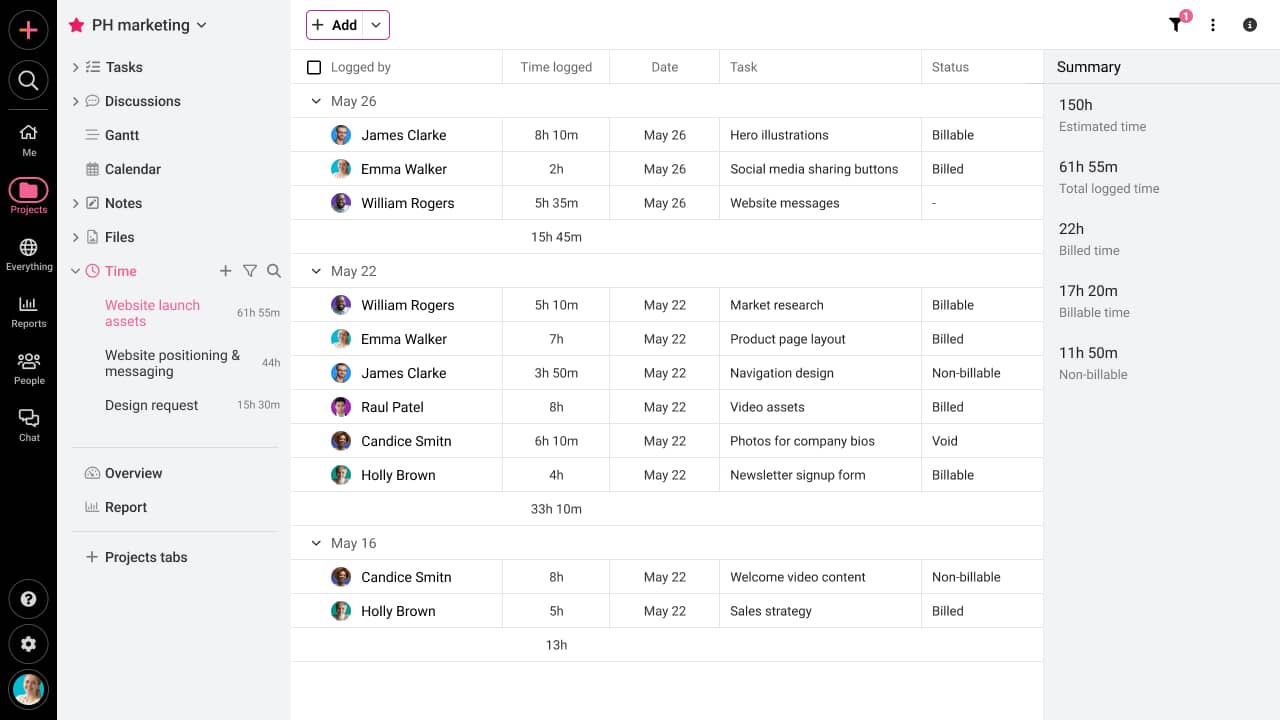
Video conferencing tools – Zoom
Video conferencing tools provide a way for team members to have face-to-face conversations, regardless of their physical location.
Video conferencing can make remote communication more personal and can help build stronger relationships among team members.

Zoom is a popular video conferencing tool that fits best in this context due to its ease of use, high-quality video and audio, screen sharing, and virtual background features.
It is also highly scalable and can accommodate meetings of various sizes, making it suitable for teams of all sizes.
Other than Zoom, there is Skype as well. To know the features of both and to decide which one you need to select, you can read this blog on “Zoom vs. Skype: Which One is the Best for Team Communication.”
Collaboration tools – Microsoft Teams
Collaboration tools are designed to facilitate communication and cooperation among team members, regardless of their physical location.
These tools can be instrumental in fostering internal communication within an organization, as they provide a range of features that can help team members share information, collaborate on projects, and work together more effectively.

Microsoft Teams is a great collaboration tool that allows teams to collaborate through chat, video, and audio calls, and screen sharing. It integrates with other Microsoft tools like Outlook, SharePoint, and OneDrive, making it easy for teams to access and share files.
Teams also offer virtual whiteboards, allowing users to brainstorm and collaborate in real-time, and their meeting scheduling feature helps teams coordinate meetings and manage their calendars.
Not only this, but with its mobile app, users can stay connected and productive even when they are not at their desks.
Intranets and forums – Happeo
Intranets provide a secure and centralized platform for employees to communicate and share information, while forums allow for open discussions and idea sharing.
ProofHub Forms can help in this regard by providing a way for employees to collect and share information within the company and with clients. Another tool that fosters internal communication via forums and intranet is Happeo.

This cloud-based platform provides a comprehensive suite of features that enable businesses to streamline their internal communications, share knowledge, and foster collaboration among team members.
The Happeo forums tool allows for discussions to be organized around specific topics, ensuring that all conversations are centralized and easily accessible.
Instant messaging apps – Slack
Instant messaging apps are a powerful tool for fostering internal communication within organizations. They allow for real-time communication, which can help teams to collaborate more effectively and make quicker decisions.

Slack is a highly popular instant messaging app that has revolutionized the way teams communicate in the workplace. Designed to be both user-friendly and highly functional, Slack enables users to send messages, share files, and collaborate on projects in real time.
The app features a wide range of tools, including channels, threads, and direct messaging, which allow users to communicate with individuals or groups with ease.
These tools provide teams with the means to communicate and collaborate on projects in real time, regardless of their location or time zone.
Some examples of internal communication at the workplace that these tools can facilitate include team meetings, project updates, feedback sessions, and more. Let’s take a look at some of such internal communication examples.
Examples of internal communication in organizations
While we may have touched on some of these examples in previous discussions of practices or strategies, it is worth noting the best examples of internal communication that can significantly benefit employees by facilitating their fit within an organization, ensuring they work effectively, and fostering internal communication.
By examining these examples, organizations can learn from others’ successful practices and enhance their internal communication strategies, resulting in a more engaged, satisfied, and productive workforce. Let’s take a look:
1. One-on-one meetings
Regular one-on-one meetings between managers and employees can provide a forum for open communication, feedback, and goal setting. They can help employees feel valued and supported, and also provide managers with valuable insight into their team members’ needs and concerns.
2. Employee newsletters
Employee newsletters can be a great way to keep employees informed about company news, events, and achievements. They can also showcase employee recognition, which can boost morale and foster a positive company culture.
3. Employee feedback surveys
Employee feedback surveys can provide valuable insights into employee satisfaction, engagement, and opinions about the workplace. They can help identify areas for improvement and opportunities to make changes that will benefit employees and the organization as a whole.
4. Employee recognition programs
Employee recognition programs can help build a positive workplace culture by acknowledging and rewarding employees for their hard work and achievements. You can include things like employee of the month awards, team outings, or other incentives to motivate and engage employees.
5. Open-door policy
An open-door policy is a communication policy that encourages employees to approach their managers with any concerns or ideas they may have. It can help build trust and communication between employees and also provide managers with better insights into the needs and concerns of their team members.
Conclusion
There is no doubt that internal communication is crucial for any organization to foster collaboration, engagement, and understanding among employees. By using effective tools like collaboration tools, project management tools, and video conferencing tools, along with the aforementioned effective practices & strategies, you ensure that your employees are on the same page, working towards the same goals, and feeling valued and heard.
ProofHub can assist in improving internal organization in an organization with its amazing features like task management, team collaboration, and group project discussions, which allow teams to communicate and collaborate effectively in one place. With ProofHub, organizations can streamline their communication processes, improve productivity, and create a positive work environment.
FAQs:
What are the 4 types of internal communication?
The four types of internal communication are email, chat, memo, and meeting, which are all important for effective communication within a company or organization.
What is a good internal communication?
Good internal communication is clear, timely, two-way, and consistent. It fosters understanding, collaboration, and engagement among employees, leading to increased productivity and a positive work environment.
What are three methods of internal communication?
Collaboration tools, emails, and team meetings are the three most effective methods of internal communication. Other methods may include memos, newsletters, and internal social media platforms.
What are the objectives of internal communication?
Internal communication promotes engagement, understanding, alignment, and collaboration among employees, and helps achieve organizational goals and a positive work environment.
What is the impact of internal communications?
Effective internal communication has a positive impact on employee morale, engagement, productivity, and retention. It also fosters a positive corporate culture and helps achieve organizational goals.
What is the role of internal communications team?
The role of an internal communications team is to develop and execute strategies that promote effective communication and collaboration among employees, and support organizational goals and culture.

